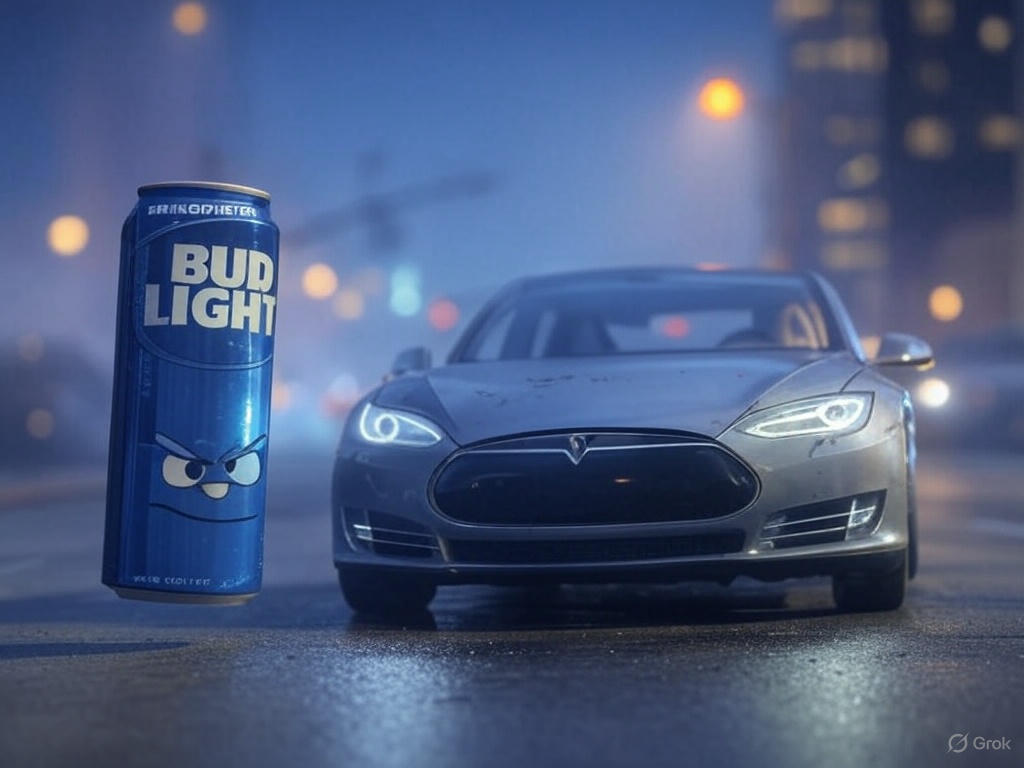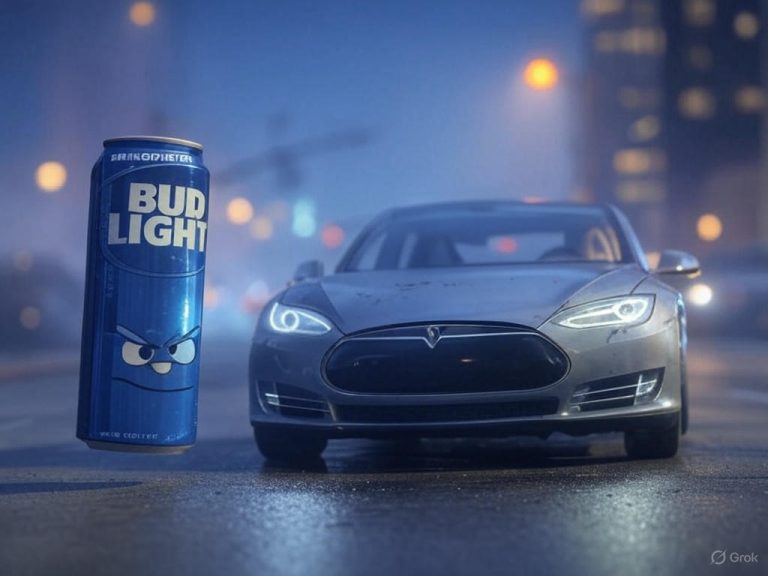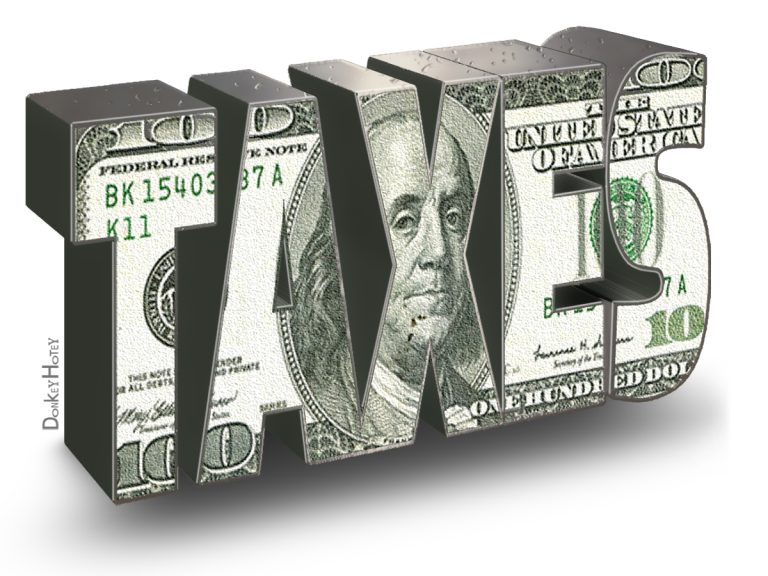
Differences Between the Left and the Right
Everyone has their own perspective and a breaking point—a line in the sand they refuse to let others cross. When that line is breached, it compels action. You find yourself ready to take a stand, deciding how to respond. This is where the Left and the Right diverge in their tactics. Both sides employ protests and social media to voice their views and rally support, but their approaches often split along distinct lines.
The Right typically relies on protests grounded in data and facts to bolster their position. They aim to stay rooted in the realm of logic and evidence. A common tactic is boycotting companies whose political stances they oppose, leveraging consumer power to send a message. On the other hand, the Left uses these same methods—protests, social media, and boycotts—but often escalates to more extreme and emotionally charged techniques to express their discontent.
A clear example of this divide is the contrasting responses to Bud Light and Tesla. When Anheuser-Busch featured Dylan Mulvaney on a Bud Light can in 2023, it alienated their core customer base, largely aligned with the Right. The backlash was swift and decisive: a boycott ensued, with Bud Light cans gathering dust on shelves while rival beers flew off them. The impact was undeniable—Anheuser-Busch’s stock plummeted, and Bud Light, once America’s top-selling beer, fell out of the top five. The company scrambled to pivot, a testament to the boycott’s success in amplifying the Right’s displeasure through economic pressure.
Contrast this with the Left’s reaction to Elon Musk’s recent involvement with DOGE under the Trump administration. Musk, once a celebrated figure on the Left for championing electric vehicles, has become a lightning rod for their frustration. Initially, their response mirrored the Right’s playbook: they stopped buying Tesla vehicles, traded in their cars, and staged peaceful protests outside Tesla dealerships. These actions were reasonable outlets for dissent—respectful, lawful, and effective in signaling their grievances.
But since mid-February 2025, the Left’s tactics have taken a darker turn. Reports have emerged of fire bombings targeting Tesla dealerships and vehicles, alongside random acts of vandalism against Tesla cars. Ironically, many Tesla owners still lean Left, making these attacks a misdirected assault on their own ideological kin. While such extreme measures undoubtedly draw attention, they raise a critical question: does this kind of attention advance their cause, or does it undermine it by alienating potential allies and hardening opposition?
The Right’s approach—disciplined, fact-driven, and economically focused—tends to punish without chaos. The Left’s escalation to violence and destruction, however, risks overshadowing their message with the very tactics meant to amplify it. Both sides seek change, but their methods reveal a fundamental divide: one leans on restraint and market signals, the other increasingly flirts with anarchy.
Written by: Nick Pags




